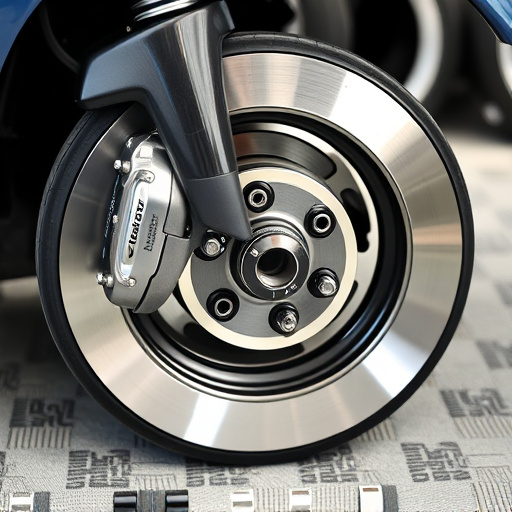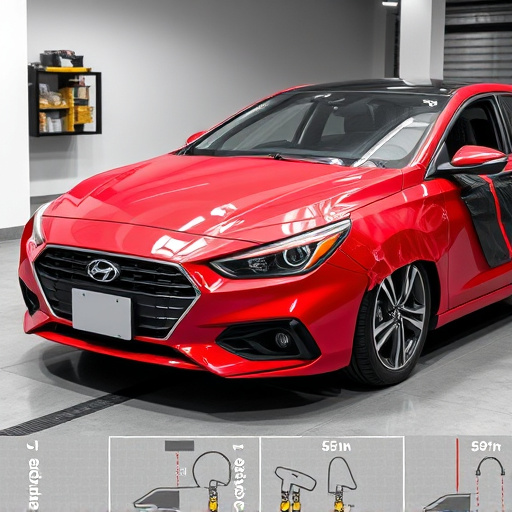Before new signage design and installation, conduct a comprehensive audit of existing signs, analyzing layout, materials, and effectiveness. Identify outdated or damaged signs needing replacement or enhancements for better foot traffic and customer experience. Utilize tools and style guides for visual consistency, ensuring the new installation integrates with brand identity. Assess sign condition, legibility, and attention-grabbing capabilities to guide strategic planning and material upgrades.
Before embarking on new signage design and installation, auditing existing signs is crucial. This process involves assessing the current layout and condition of your signage, identifying design elements for consistency, and planning replacement or enhancement strategies. By thoroughly evaluating what’s already in place, you can ensure a seamless transition that aligns with your branding and enhances user experience. Let’s dive into these key steps to optimize your signage system.
- Assess Current Signage Layout and Condition
- Identify Design Elements for Consistency
- Plan Replacement or Enhancement Strategies
Assess Current Signage Layout and Condition

Before embarking on a new signage design and installation project, it’s crucial to assess the existing signage layout and its condition. Start by meticulously examining every sign, considering their placement, visibility, and overall aesthetic appeal. Note down any outdated or damaged signs that require immediate attention, as these could be costing your business potential customers. The current setup might reveal valuable insights into what works best for your location—for instance, whether certain signage types or placements drive more foot traffic or enhance the customer experience.
Moreover, pay close attention to materials and finishes, especially if you’re considering ceramic window tinting for a modern touch. High-quality finishes not only add allure but also provide UV protection, ensuring that your signs last longer and maintain their vibrancy. This initial audit step is essential to integrate seamlessly with the new installation, updating your site’s visual identity while respecting what currently engages your audience.
Identify Design Elements for Consistency

Before initiating new signage installation, a thorough audit of existing signage is essential to ensure consistency in design across your brand or establishment. Start by documenting all visual elements, including fonts, colors, logos, and graphics used on current signs. Consistency in these aspects creates a unified brand image and enhances customer recognition.
Pay close attention to the layout and arrangement of information, as well as any specific design features that have become signature to your brand or location. Consider using tools for visual comparison or creating style guides to facilitate this process. Remember, maintaining a cohesive signage design extends beyond aesthetics; it reinforces your brand’s identity, making your message clearer and more impactful, especially in the context of automotive detailing or ceramic coating applications where high-quality paint protection film might be employed for enhanced durability and protection.
Plan Replacement or Enhancement Strategies

Before diving into new signage design and installation, it’s crucial to assess the existing landscape. Audit your current signage by identifying what works well and what needs replacement or enhancement. This involves not just visual inspection but also considering the condition of materials, legibility of messages, and overall effectiveness in attracting attention. For instance, a business offering premium automotive services might discover that while their existing signs are visible, they lack modern aesthetics aligned with current trends in custom vehicle wraps.
In light of this discovery, strategic planning can begin. Replacement strategies may involve selecting new materials that offer better durability and visibility, such as those treated with protective coatings. Enhancement strategies could focus on revitalizing messages to convey more impactful branding or introducing digital signage for dynamic content display. Ultimately, a well-planned approach will ensure the new installation not only replaces what’s outdated but also elevates your business image through innovative signage design and materials.
Before initiating any new signage design and installation, a thorough audit of existing signs is indispensable. By assessing layout, condition, and design elements, you can identify areas for improvement and plan strategic replacements or enhancements that align with your brand and target audience’s needs. This process ensures a cohesive, effective visual communication strategy for your space.














